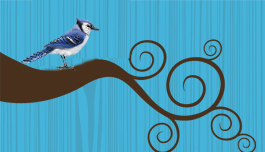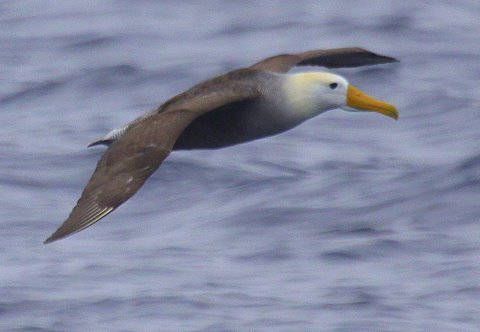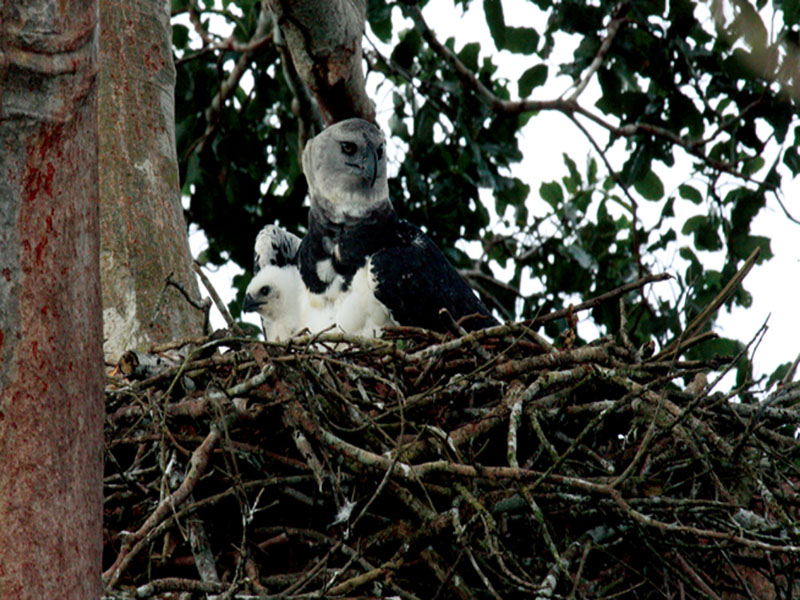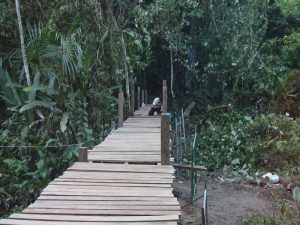Twitter club for birders and nature lovers.
Who has by now not heard of Twitter? I have written several posts on Twitter previously and here I shall not dwell to much how it works. Below this post I am listing all my posts on Twitter so you get an idea. I will be using Twitter also in the strategy for tomorrow’s release of the bird blog carnival “I and the bird”. If you are not on Twitter yet, and you are a birder, and especially if you are a birder that blogs, get on Twitter now.
Twitter can be an extremely good way to let the world know about your blog. But not only that, you can also help promoting other people’s blogs and web-pages. And here is where it gets interesting. Either you find an interesting tweet on Twitter that you re-tweet or you found an interesting blogpost in one of the blogs you generally read. Maybe you have an RSS reader such as google reader from which you constantly find interesting stuff that can be tweeted.
Every time someone else re-tweets a link, the same link is sent to the followers of that someone. The best Tweets that move a lot of people can almost become viral.
My test a few weeks ago with my 1500 facebook friends showed that relatively few of them are on Twitter and the few birders, with some noticeable exceptions, on Twitter are not very good in retweeting. My hope is that this blogpost will make the birders somewhat more active on Twitter.
Good birders to follow on Twitter
A few birders on Twitter are very good in retweeting other people’s blogs. It is a good idea for you to follow them if you want your blog post to be re-tweeted on Twitter. Here is my list of the best birding re-tweeters the last week or two.
@dawnfine
@placebot
@RayBeckerman
@burdr
@LakeCookAudubon
@birdingdude
@sepponet
@journowl
@rachelbirder
@alanmcbride
@crom74
@lkamms
@picusblog
@MrNetty
@dendroica
Let me humbly add myself @kolibrix among the same group. I tweet a lot of stuff from other bloggers.
All these people are very generous in retweeting. They read something they like and share that with their followers. This is where the idea of a tweet club comes in. What if this was to be done a bit more systematic? What if all the above people plus all active nature bloggers that read this post, come to an agreement that one selected post of each blogger per week would be retweeted by everyone that have signed up for the tweetclub? Say we get 50 people signed up on the tweetclub. That would mean 49 retweets for every post. As a result as some followers of all 49 would be reading the post, you would each have a few hundred people reading your selected piece for the week every week. Nice!
How to organize the first bird bloggers tweet club:
1. post a comment below with your Twitter handle and tweet in an easy re-tweetable fashion, like this.
@kolibrix: Birds from Northern Peru https://bit.ly/67TDv
2. Submit your contribution before Sunday to the comment section of this blog post.
3. I publish the tweet list on Monday in a new blogpost, which coincides with #Ecomonday
4. You commit to read all blogs and retweet all or at least your favorites through-out the week culminating on Saturday, which coincides with #birdsaturday.
5. We may have a rotational schedule similar to “I and the bird” so that we rotate the hosting of the tweet club on each Sunday.
6. This is a very simple hosting compared to “I and the bird”. You will not have to think-up creative witty stories to inbed the tweets.
Some additional Twitter tools and Twitter tips I like.
As you may have seen, my posts now have a little cute retweet button. I got this from Tweetmeme. @problogger Darren Rowse explains how to get this button to your own blog. Get a ReTweet Button for Your Blog
Another good post by Darren Rowse is this one: A Secret to Writing Posts that Go Viral on Twitter
Finally, this viral on Twitter classic is aptly named: How I got my blog post retweeted by @problogger, @GuyKawasaki and 250 more
If you liked this article, check out these Twitter and blog related articles:
- Twitter for birders – Part 1. An introduction https://bit.ly/ZNazd
- I twitter therefore I am https://bit.ly/14WxtK
- Do you want to start a blog about nature or birding? https://bit.ly/QYfXd
- Fear of Twitter? Do a 2 week test run https://bit.ly/MzOsG
- What is ecomonday? https://bit.ly/904r9
- You’ve seen #followfriday and #ecomonday. Now it is #birdsaturday https://bit.ly/CgDke
and feel free to re-tweet them if you find them useful.
Photo:






